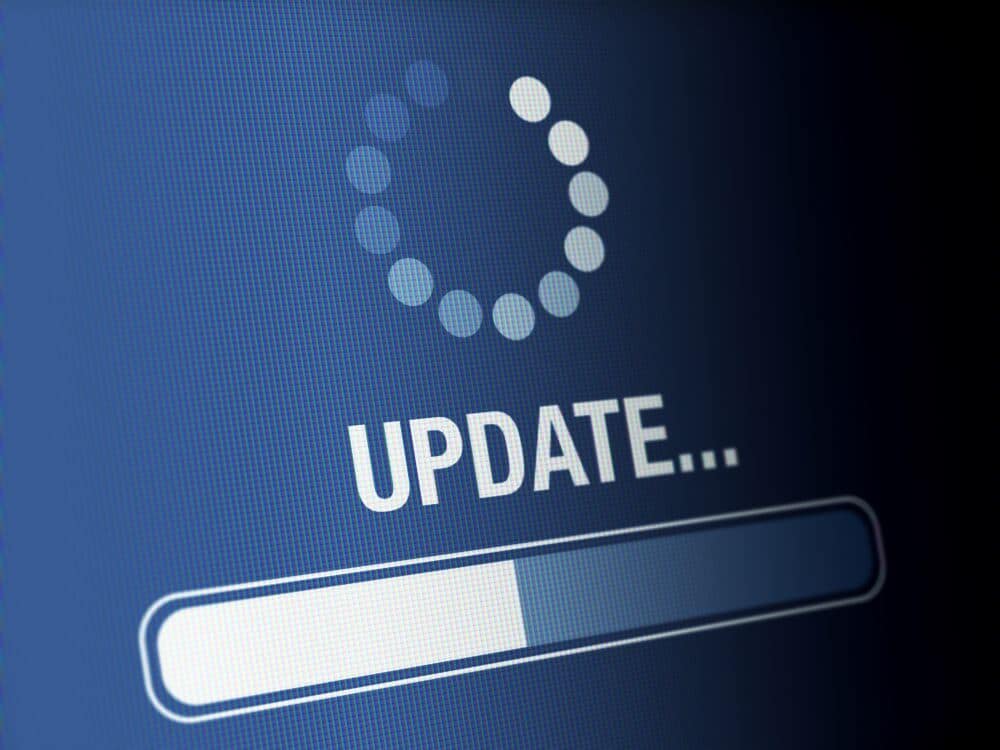
March 4, 2021

In recent weeks, the Biden Administration has focused on expanding COVID-19 relief opportunities for small businesses through the Paycheck Protection Program (PPP). It was announced on February 22nd the Small Business Administration (SBA) would be initiating several changes including an exclusive 2-week application period for small businesses and a new loan calculation formula. On March 3rd, the SBA issued Interim Final Rule (IFR), Paycheck Protection Program Revisions to Loan Amount Calculation & Eligibility, that modifies the formula for determining the maximum loan amount using gross income rather than net profit. The change will allow self-employed applicants the opportunity to receive larger loans because many report very little net-profit. Along with the IFR new first (SBA Form 2482) and second draw (SBA Form 2483-SD) loan applications accommodating the changes were also issued. To help clients, prospects, and others, Wilson Lewis has provided a summary of key details below.
Below are the new calculation instructions along with documentation requirements which will need to be submitted at the time of application.
Applicants must provide the selected year (2019 or 2020) IRS Form 1040, Schedule C to substantiate the requested loan amount, Form 1099-MISC detailing non-employee compensation received, and invoices, bank statements, or books of record that establish self-employment. For those who used 2020 to calculate the loan amount, copies of a 2020 invoice, bank statement or other documents must be submitted to establish the business was in operation on or around February 15, 2020.
Applicants must provide the selected year (2019 or 2020) IRS Form 1040 Schedule C, Form 941, and quarterly wage unemployment tax reporting with evidence of retirement and health insurance contributions. In addition, a payroll statement covering February 15th, 2020, is needed to establish the business was in operation on that date.
The SBA acknowledged these changes may result in an applicant becoming eligible for loan amounts that exceed operational needs. To address this concern, if an applicant choses to calculate loan amounts using gross income on a first draw PPP alone and reports more than $150,000 in income, they will not be automatically deemed to have made a good faith certification. The loan necessity safe harbor is eliminated because it is reasonable to believe these borrowers have access to other sources of liquidity. The SBA will also review a sampling of first draw applicants to determine whether loan eligibility criteria have been met.
Contact Us
These changes are welcome news for Atlanta small businesses and sole proprietors previously unable to receive a meaningful PPP loan. Due to the complexity of the changes, it is best to consult with a qualified advisor to guide you through the application process. If you have questions about the information outlined above or need assistance with a tax or accounting issue, Wilson Lewis can help. For additional information call us at 770-476-1004 or click here to contact us. We look forward to speaking with you soon.